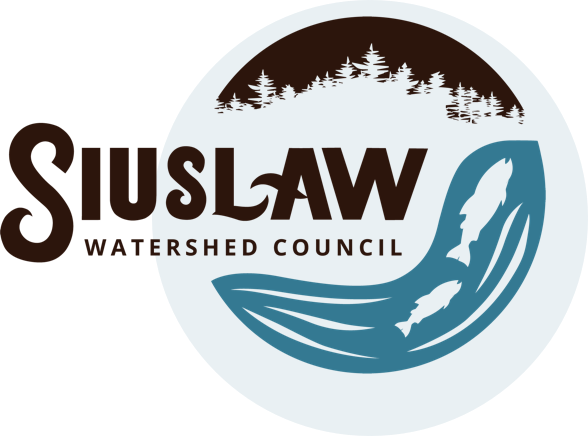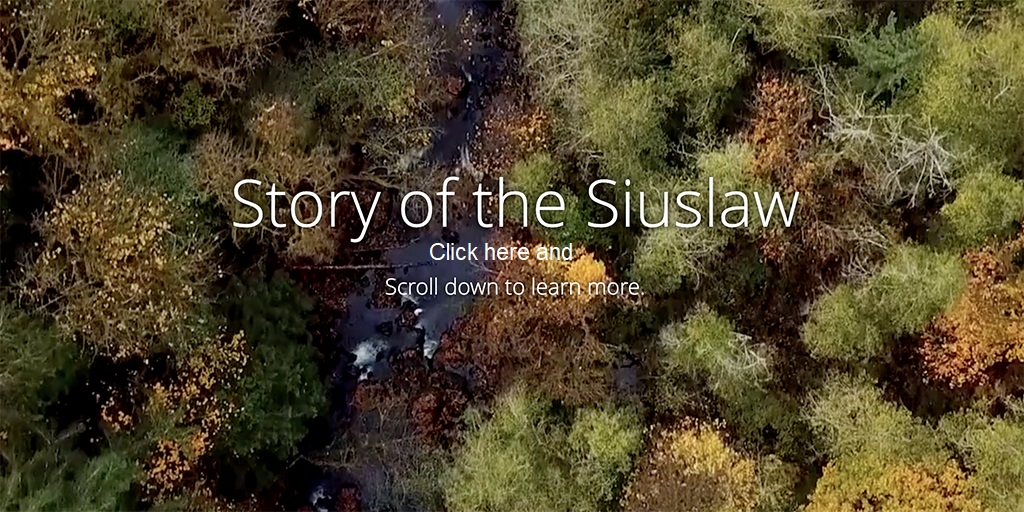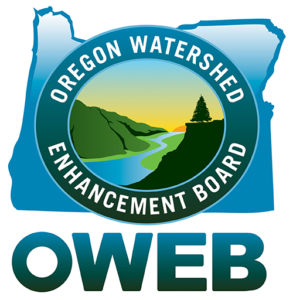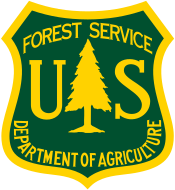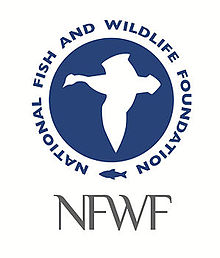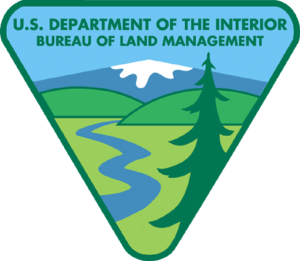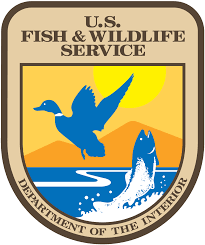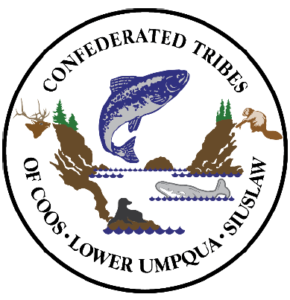The Story of the Siuslaw
The Siuslaw Watershed has been shaped by change. Managed and stewarded by Siuslaw tribal people for generations and into today, the watershed at one time supported such ecologic proliferation that its salmon run was second only to the Columbia. In the time following white European settlement, streams were straightened, forests logged, and salmon numbers greatly reduced.
Now, the Siuslaw enters another era of change, as partners and community members join together to restore habitat to benefit both fish and people. But amidst this change the Siuslaw River, its tributaries, coastal lakes, and estuary hold great promise for restoring endangered coho salmon.
To tell the stories of a place that holds so much possibility for the coho, we have partnered with Ecotrust to produce two story maps—illustrative story experiences. Take a scroll through the Story of the Siuslaw, with photos, old and new, and interactive maps that tell the tale of this landscape in flux—from its geologic formation to the many different people who have stewarded and shaped its ecology.
How to navigate the story map: Click on the link to travel over to the story map. Use your mouse to scroll downward on the page for new content to appear. To jump to a different section of the story map, see the section titles in the black menu bar at the top of the page.
Traditional Ecological Knowledge
The Siuslaw was historically second only to the Columbia River in the amount of coho salmon that returned to the river after being in the ocean for 3-5 years. Historically, there was an average of 260,000 coho salmon returning to the Siuslaw, that number went as low as 500 returning adults in 1997. How did this watershed, once a thriving ecosystem supporting the second strongest run of coho on the Oregon Coast, drop to this dismal number, less than 1% of its historic average? To answer that question we have to start describing the watershed before land alterations and settlement began by European American settlers in the early 19th century.
Interestingly, millions of years ago before the Coast Range was uplifted form tectonic forces that shaped our present day landscape the Siuslaw was connected to the McKenzie River system, draining the ancient Cascade Mountains directly to the ocean. Sea level was much lower during that geologic period and the river carved a deep mouth through the continental shelf to reach the paleo ocean. Because of this past geologic history, we have an extensive estuary and many low gradient streams that feed into the mainstem Siuslaw which was formed with much more water flowing through. This geologic history has made the Siuslaw a vibrant salmon fishery in the past, with the excellent geomorphic conditions to create a thriving salmon fishery.
Prior to European American settlement in the 1800’s, the Siuslaw River valley was a mosaic complex of braided channels, tidal swamps, and freshwater wetlands further upstream. The historic tidal swamps were dominated by Sitka spruce, but crabapple swamp and shore pine swamp were also found in the Siuslaw River estuary. Old-growth cedar, Sitka spruce, and hardwoods were also present along the lower valley tributaries.
Before European settlers arrived in the 1880s, the Siuslaw River watershed was the home of the native Siuslaw People, for whom the river eventually became named; the original name of the river was “iktat’uu", as the Siuslaw People called it. The Siuslaw People managed the watershed for hundreds of generations and thousands of years. Their culture evolved from an observation and a stewardship of their lands and waters, utilizing ceremonies and gathering techniques that encouraged balance and abundance for future generations.
After European American settlers came to the region, they simplified the landscape, taming the once mighty river to fit into the newly made landscape, forcing rivers to single channels on the sides of the valleys to make room for farms and families. The forest was cut down and used for the prosperity of these new inhabitants of the basin, and land was developed in the European model. Beaver, once plentiful across the landscape, were trapped and their fur harvested and sold. The landscape changed dramatically, and so did the population of the coho salmon.
After a century of logging and large fires, the forest vegetation is now a heterogeneous mixture of patch sizes and young-to-mature seral stages with a large proportion of the forest less than 80 years old. Old growth forest is extremely fragmented after years of intensive logging and disturbance. Today we are working to bring back some attributes of the landscape which thrived when the Siuslaw People managed the lands. We’re working to restore complex river channels with backwater pools and wetlands soaked from the coastal rains.
